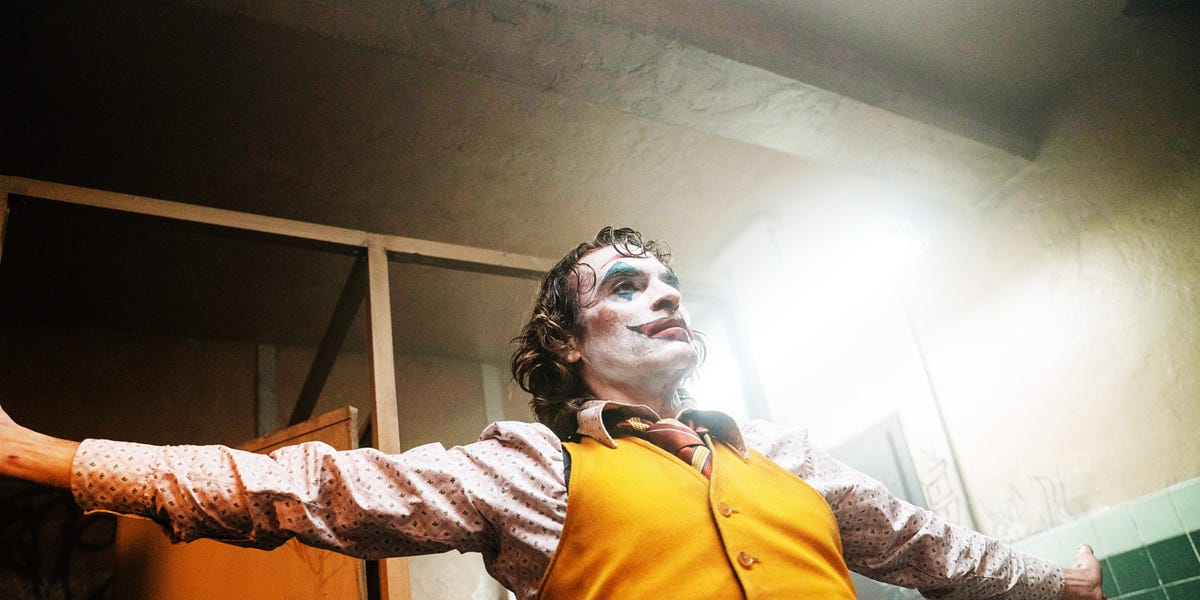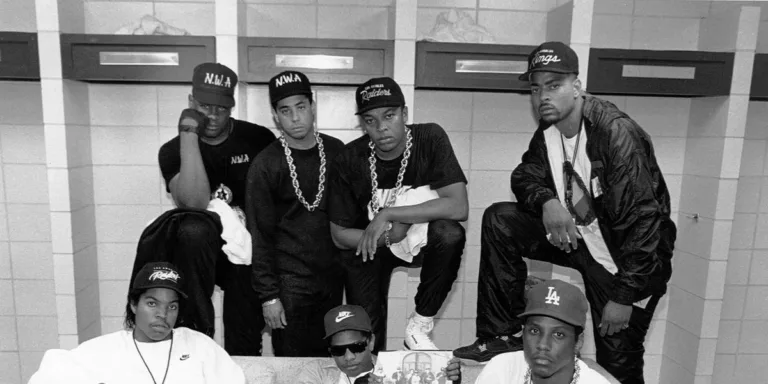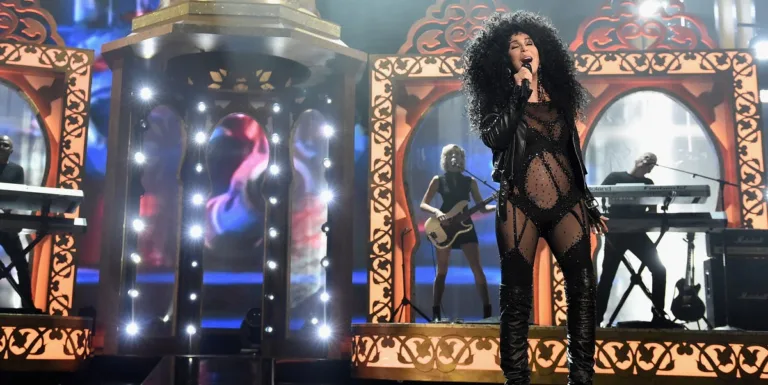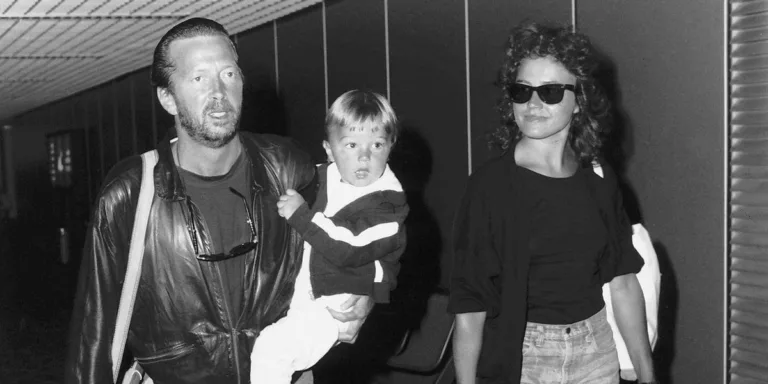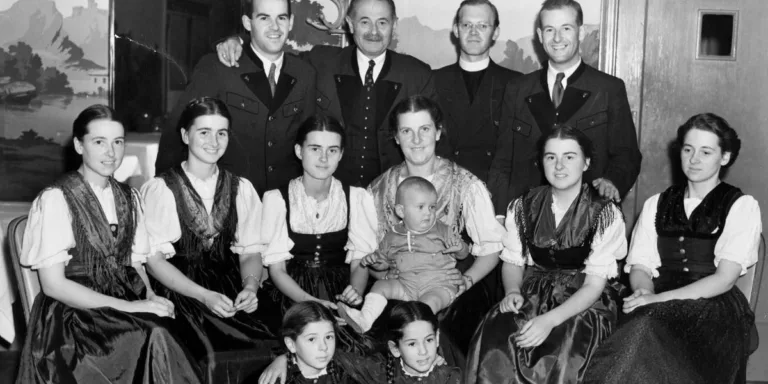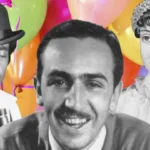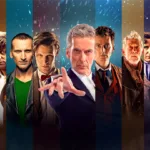The Joker, Batman’S Iconic Nemesis, is a figure shrouded in mystery and chaos. His origins are a subject of Debate Among Comic Book Fans, with various theories about his real identity and motivations swirling around. However, One Thing Remains Undisputed: the visual inspiration behind this chilling villain can be traced back to a haunting performance from early cinema history.
The Joker’s Sinister Grin, forever etched in our collective consciousness, bears a striking resemblance to that of Gwynplaine, a character portrayed by Conrad Veidt in the 1928 Silent Film “The Man Who Laughs.” This connection highlights the enduring power of visual storytelling and how a single performance can leave an indelible mark on popular culture.
Jerry Robinson, who joined the Batman creative team Shortly After Its Debut, recognized this powerful Joker Inspiration and incorporated it into his design for the villain. The Joker’s Signature Green Hair, White Skin, and painted-on smile all echo Veidt’s portrayal of Gwynplaine, a character cursed with a permanent, Grotesque Grin. This artistic lineage underscores the influence of classic cinema on modern comic book characters and reminds us how powerful visual imagery can be in shaping our understanding of iconic figures.
The Man Who Laughs: A Haunting Influence
“The Man Who Laughs,” a silent film masterpiece from 1928, tells the tragic story of Gwynplaine, a man disfigured as a child and forced to live with a permanent, Unsettling Grin. Conrad Veidt’s performance as Gwynplaine is both captivating and deeply disturbing, leaving a lasting impression on viewers. His portrayal captures the character’s pain, isolation, and desperate longing for acceptance, making him a truly unforgettable figure in cinematic history.
Veidt’s physical transformation for the role was particularly striking. He wore prosthetic makeup that contorted his face into a grotesque smile, creating a haunting visual that resonated with audiences. This unsettling image of Gwynplaine became synonymous with “The Man Who Laughs,” and its influence would soon extend far beyond the realm of silent film.
 Kanyes Story: Musical Genius, Fashion Icon, and Controversial Figure
Kanyes Story: Musical Genius, Fashion Icon, and Controversial FigureIt’s this very haunting portrayal by Veidt that served as a crucial Joker inspiration for artist Jerry Robinson, who later joined the Batman creative team. Robinson recognized the power of Veidt’s performance and saw in it the potential to create a truly iconic villain. He envisioned the Joker with a Similar Unsettling Grin, Forever Etched Onto His Face, serving as a constant reminder of His Twisted Nature.
Victor Hugo’s Novel and Conrad Veidt’s Performance
The inspiration for “The Man Who Laughs” wasn’t born solely from Conrad Veidt’s performance. The film itself is an adaptation of Victor Hugo’s 1868 novel of the same name. Hugo’s powerful story explores themes of justice, Societal Prejudice, and the human condition. It delves into the tragic life of Gwynplaine, a man disfigured as a child and forced to live with his grotesque smile as a constant reminder of his suffering.
Hugo’S Novel, much like the film adaptation, captivated audiences with its haunting imagery and exploration of complex themes. It resonated deeply with readers and paved the way for Veidt’s Unforgettable Performance. The novel provided a rich foundation upon which Veidt could build his portrayal of Gwynplaine, imbuing the character with depth, pain, and a desperate yearning for acceptance.
It was this potent combination of Joker Inspiration – both from Hugo’s literary masterpiece and Veidt’s Masterful Acting – that would ultimately shape the visual design of one of comic book history’S Most Iconic Villains: The Joker.
Jerry Robinson’s Vision for the Joker
When Jerry Robinson joined the Batman creative team in 1940, he brought a fresh perspective and a keen eye for detail. He quickly recognized the potential to create a truly compelling villain to challenge Batman’s heroism. Inspired by Conrad Veidt’s haunting portrayal of Gwynplaine in “The Man Who Laughs,” Robinson envisioned a character with a Similar Unsettling Grin, forever etched onto his face as a symbol of chaos and madness.
Robinson presented his idea for the Joker – a sinister-Looking Playing Card – to Bob Kane and Bill Finger, recognizing the resemblance to Veidt’s appearance in “The Man Who Laughs.” This sparked a collaborative process where they refined the design, Adding Elements Like Green Hair, White Skin, and vibrant purple clothing. Robinson’s vision for the Joker was rooted in creating a visually striking Character Who Embodied Pure Anarchy.
He wanted the Joker to be more than just a physical threat; he aimed to create a villain whose chaotic nature reflected the anxieties and uncertainties of the time. Robinson’s Joker inspiration proved to be a masterstroke, giving birth to one of the most iconic and enduring villains in Comic Book History.
Bob Kane, Bill Finger, and the Birth of a Villain
While Jerry Robinson’s Inspiration From “The Man Who Laughs” was crucial to the Joker’s Visual Design, the birth of this iconic villain was a true collaborative effort. Bob Kane, the creator of Batman, and Bill Finger, His Longtime Collaborator, played pivotal roles in shaping the character’s identity and backstory.
Kane brought his initial vision for Batman – a dark knight fighting crime in Gotham City – to the table. Finger, known for his sharp writing and Attention To Detail, fleshed out the world of Batman, creating memorable characters like Commissioner Gordon and Alfred Pennyworth. Together, they formed a creative powerhouse that would forever change the landscape of Comic Books.
When Robinson presented his idea for the Joker, Kane and Finger saw its potential immediately. They recognized the need for a truly compelling adversary to challenge Batman’s heroism and agreed to incorporate Robinson’s Design Into Their World. This collaborative spirit led to the creation of one of the most complex and enduring villains in popular culture – a testament to the power of teamwork and shared vision. The Joker inspiration from “The Man Who Laughs” sparked a creative fire that would ultimately give birth to a legend.
The Legacy of a Distorted Smile
The Joker’s enduring popularity speaks volumes about the power of a truly iconic villain. His sinister grin, a chilling echo of Conrad Veidt’s portrayal in “The Man Who Laughs,” has become instantly recognizable around the world. He represents chaos and anarchy, a constant threat to Batman’s order and justice.
Over the decades, the Joker has been portrayed in Countless Comics, films, Television Shows, and video games. Each iteration brings a unique perspective To His Character, exploring different facets of his madness and motivations. Yet, at his core, he remains a symbol of unpredictability and the dark side of humanity. His Joker inspiration continues to resonate with audiences, reminding us that even in the face of heroism, Darkness Can Always Prevail.
The Joker’s legacy is undeniable. He has become a cultural icon, his image forever etched into the Collective Consciousness. He serves as a chilling reminder of the fragility of sanity and the ever-present potential for chaos within us all.

